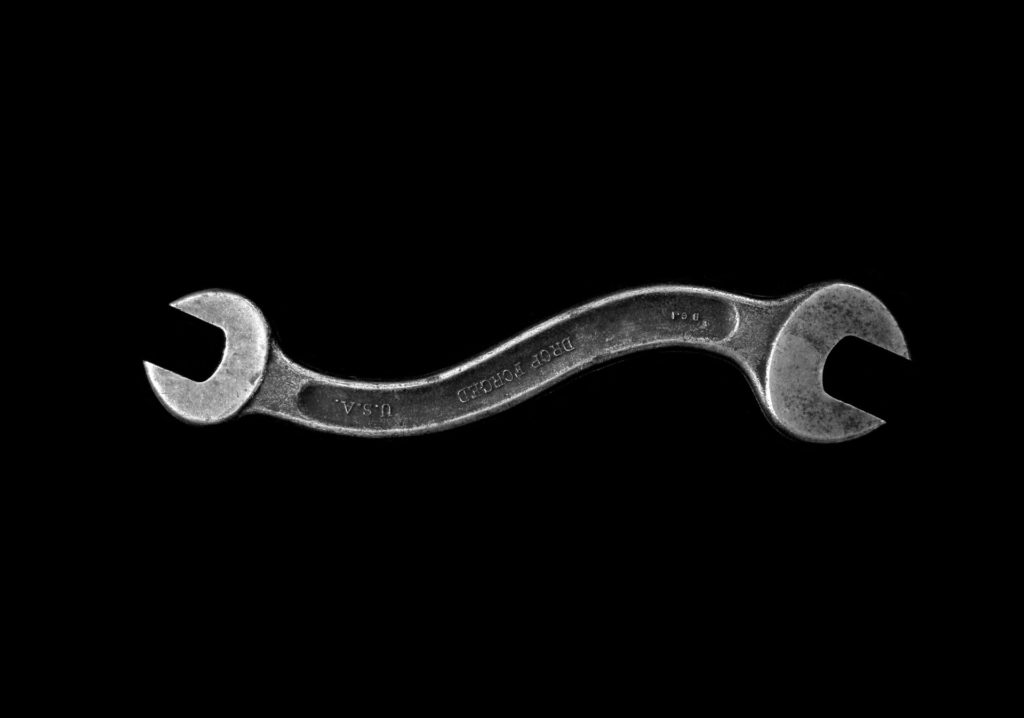
This increases temperature which in turn creates environment where throttling on CPU happens so not only Macbook gets hot but also it’s much slower.Īfter research I found out that I can either work in clamshell mode (and I’d rather grew fond of having MBP + external monitor) or find a way to mitigate it. It seems that Radeon is taking a lot of power even on idle screen and with low load. Ultimately y I decided to buy eGPU which solved my problem.
You can’t know without spending a lot of money on your failed board.I was having exact same problem and done a ton of research on the issue. If you need reliable macOS - you’ll need newer hardware if you can’t pool lots of parts and spend lots of time on it. Other than saving these parts from premature recycling or worse (like being trashed outright) is commendable, but for reliability and value - Raspberry Pi 3 and newer can’t be beat. If you can source parts for pennies on the dollar and want to learn, this era hardware is a great learning place and you will learn a lot and hopefully responsible e-cycle all the parts eventually. On a human level, I would let go of the concept you can have anything close to Apple 2020 reliability on something they designed starting 12+ years ago and shipped in 2010. If you’re worried about the cost of a used part, you’re really not going to like the cost of a test suite to be guaranteed your board works and paying someone to guarantee they put it in and place a warranty on their work. That’s a lot cheaper than being able to have all the gear and skill to test something as complicated as a processor - let alone knowing the processor works with other processors when mounted on a logic board. Why not rely on that - buy from someone you trust to have proper buyer protections? The normal method of knowing a product is good is a proper return policy and warranty. So don’t waste money on a replacement motherboard, just follow the detailed instructions in the post. One caveat is that it cannot support an external monitor. I have my 2010 MBP running well now using only the internal Intel GPU. Follow the instructions of - they work!!! 
I wasn’t certain which were relevant to the GPU so I moved all these using the directions in the post. There are several kext files search for GeForce*kext and NVDA*kext. To make it work you need to specify the NVIDIA kext files rather than the AMD kext. I put the MBP away in storage until about a month ago when I found this solution by user LangLangC: GPU problem - Boot Hangs on Grey Screen which is for a 2011 MBP using a AMD Radeon GPU, but it is the same problem, poor thermal design. Apple replaced the motherboard twice under their Extension Repair program, each failing after about 6 months. I have a mid-2010 15” MBP in which the NVIDIA GPU on the original motherboard failed, around 2014.
What is the part number for a logic board that is known to not suffer from the GPU Panic issue (assuming it actually entered circulation)?. Was it definitely the logic board that caused this fault?. Of course, I'm only willing to spend the money if I'm sure it will actually solve the issue. Either way, I'm assuming they just replaced the defective board with a newer revision - meaning that parts sites ( like this) probably have these revised boards knocking about that won't suffer the same issue.Ĭonsidering the still-incredible spec and condition of this machine, I don't mind spending the money for a new logic board if it means I can reliably use macOS on it. Although I've read in some places (comment) that it's the logic board that was replaced, this article suggests it's in fact the "defective video card" that is replaced. I am aware of numerous other potential fixes (Kext purge, PRAM reset etc), but I have run through all of these at one point or another.Īnyway, so I was thinking about the process they used when they were running the official replacement program. that this and similar patches have not always been reliable (I have memories of it not working consistently in the past).  that this forcefully disables the nVidia adapter (shifting graphics handling onto the CPU, which is not ideal when I want to use external monitors).
that this forcefully disables the nVidia adapter (shifting graphics handling onto the CPU, which is not ideal when I want to use external monitors). 
#EXTERNAL GPU TO FIX MACBOOK PRO GPU PANIC ISSUE SOFTWARE#
The standard correction for this nowadays seems to be gfx.io (which is now the only software option, thanks to Apple discontinuing their software patch. I'm fairly certain I wouldn't be able to pull off the "make-a-fuss" approach suggested by a lot of answerers. AppleCare has obviously expired, and would not be an option since they'd inevitably ask for the receipt, which I doubt my relatives would ever be able to find (10 years later). I inherited a Mid-2010 15" Macbook Pro (2.66 GHz Core i7 (I7-620M), A1286) from a relative a few years ago, and since then it started GPU-panicking (a la here, here etc).







 0 kommentar(er)
0 kommentar(er)
